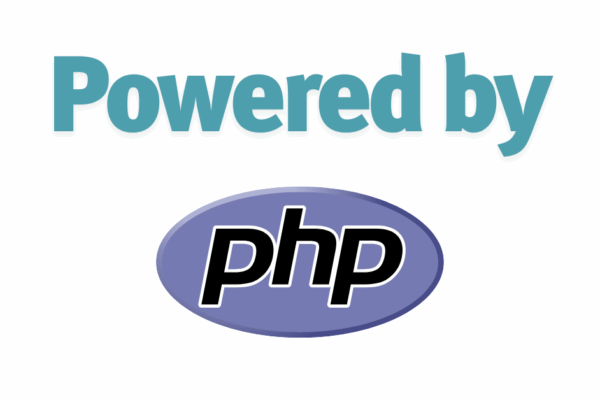The mu-plugins directory used by WordPress is being exploited by attackers to hide malicious code that runs on every page load. Learn how freistilbox protects your agency’s client sites from this stealthy attack vector.
Picture this: You’re reviewing a client’s WordPress site after a routine security audit, and everything looks clean. Plugins are updated, themes are current, and the admin dashboard shows no red flags. Yet something feels off. Page load times are slightly slower, and there’s an unusual pattern in the server logs. After digging deeper, you discover malicious code running on every single page load, completely invisible to standard WordPress admin interfaces.
Welcome to another headache for agency developers: Attackers are now exploiting the WordPress mu-plugins directory to hide malicious code in plain sight, and traditional security scans often miss it entirely.
Why This Is Relevant for Your Agency (And Your Clients)
As security researchers at Sucuri first documented in February 2025, threat actors have discovered that WordPress’s “Must-Use Plugins” directory is the perfect hiding spot for persistent malware. Unlike regular plugins listed on the familiar Plugins admin page, mu-plugins operate behind the scenes: They get executed on every page request without any visible indication to site administrators.
For agencies managing dozens or hundreds of client sites, this represents a particularly insidious challenge. Malicious code can steal credentials, inject spam content, or redirect visitors to phishing sites, all while remaining completely hidden from your standard maintenance routines. Even worse, because mu-plugins can’t be disabled through the WordPress admin interface, infected sites require direct file system access to clean up.
The business implications are serious. A compromised client site doesn’t just damage their reputation—it reflects directly on your agency’s technical competence and can undermine years of trust-building.
Understanding the mu-plugins Attack Vector
Must-use plugins live in the wp-content/mu-plugins directory and serve legitimate purposes in WordPress installations. They’re designed for site-wide functionality that should never be accidentally disabled; custom security rules, performance optimizations, or environment-specific configurations, for example.
Here’s what makes them attractive to attackers:
Stealth Operation: MU plugins don’t appear in the standard plugin list, making them invisible during routine admin reviews.
Automatic Execution: MU plugin files are loaded on every page request, guaranteeing the malicious code will run.
Persistence: Even if other malware is cleaned up, MU plugins often get overlooked during remediation efforts.
The malicious files often masquerade with innocent-looking names like wp-cache.php or security-check.php, making them appear as legitimate functionality rather than threats.
Why Architecture Matters More Than Ever
This mu-plugins vulnerability highlights a fundamental truth about WordPress security: the traditional approach of patching vulnerabilities after deployment is inherently reactive. Attackers will always find new vectors, and site administrators will always be playing catch-up.
On freistilbox, our immutable deployment architecture eliminates this entire class of attacks. Once your WordPress code is deployed to our application boxes, it can’t be modified any more. Malicious actors can’t inject mu-plugins or any other code because all application code on freistilbox is read-only. The only way for code changes to happen is through the website’s Git repository. This creates a clear audit trail and makes unauthorized modifications impossible.
This isn’t just a security feature; it’s a business advantage for agencies. You can confidently promise clients that their sites are protected against this type of attack. Not because you’re constantly monitoring for threats, but because the hosting architecture makes these attacks technically impossible in the first place.
Moving Forward
The mu-plugins attack vector is just the latest reminder that WordPress security requires thinking beyond individual vulnerabilities. Each new threat reinforces the value of architectural solutions over tactical patches.
As you evaluate your current client hosting arrangements, consider whether your infrastructure is built to prevent entire categories of attacks, or whether you’re constantly reacting to the latest security bulletin.
What’s been your experience with WordPress security challenges at the infrastructure level? We’d love to hear how you’re approaching these evolving threats with your agency clients.


